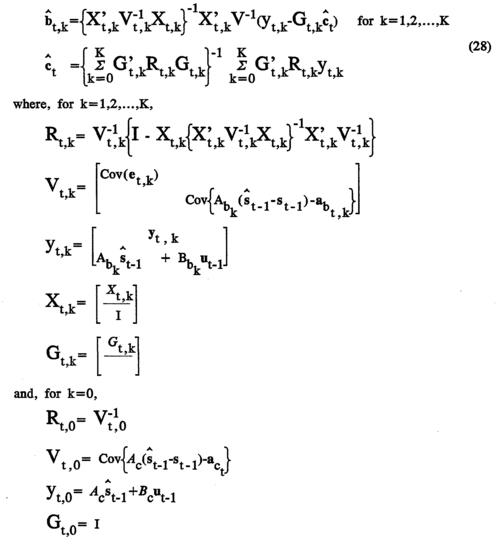
Understanding Dynamic Systems: A Comprehensive Guide for You
Dynamic systems are a fascinating area of study that encompasses a wide range of disciplines, from physics and engineering to economics and biology. Whether you’re a student, professional, or simply curious about the world around you, understanding dynamic systems can provide valuable insights into how things change over time. In this article, we’ll delve into the intricacies of dynamic systems, exploring their various aspects and applications.
What is a Dynamic System?
A dynamic system is a system that evolves over time. It can be a physical system, such as a mechanical or electrical system, or a non-physical system, such as an economic or biological system. The key characteristic of a dynamic system is that it is time-dependent, meaning that its behavior changes as time progresses.

Dynamic systems can be described using mathematical models, which allow us to predict their behavior and understand the factors that influence them. These models can range from simple differential equations to complex computer simulations.
Types of Dynamic Systems
There are several types of dynamic systems, each with its own unique characteristics and applications. Here are some of the most common types:
| Type | Description | Example |
|---|---|---|
| Linear Systems | Systems that can be described using linear equations. | Mass-spring systems, electrical circuits |
| Nonlinear Systems | Systems that cannot be described using linear equations. | Population dynamics, weather systems |
| Stochastic Systems | Systems that involve random elements. | Financial markets, biological evolution |
| Continuous Systems | Systems that change continuously over time. | Fluid dynamics, electrical signals |
| Discrete Systems | Systems that change at discrete points in time. | Computer algorithms, queuing systems |
Applications of Dynamic Systems
Dynamic systems have a wide range of applications in various fields. Here are some examples:
-
Engineering: Dynamic systems are used to design and analyze mechanical, electrical, and civil systems. For example, engineers use dynamic systems to design bridges, buildings, and vehicles.

-
Physics: Dynamic systems are used to study the behavior of physical systems, such as pendulums, oscillators, and waves.
-
Biology: Dynamic systems are used to study biological processes, such as population dynamics, gene expression, and neural networks.
-
Economics: Dynamic systems are used to study economic phenomena, such as market dynamics, financial crises, and economic growth.
-
Environmental Science: Dynamic systems are used to study environmental processes, such as climate change, pollution, and ecosystem dynamics.
Tools and Techniques for Analyzing Dynamic Systems
There are several tools and techniques available for analyzing dynamic systems. Here are some of the most commonly used ones:
-
Mathematical Models: Mathematical models, such as differential equations, difference equations, and stochastic processes, are used to describe the behavior of dynamic systems.
-
Simulation: Simulation involves creating a computer model of a dynamic system and running it to observe its behavior over time.
-
Control Theory: Control theory is a branch of engineering that deals with the design of systems that can be controlled to achieve a desired behavior.
-
Optimization: Optimization techniques are used to find the best possible solution to a problem, such as minimizing the cost of a system or maximizing its performance.
Challenges in Dynamic Systems
While dynamic systems are a powerful tool for understanding the world around us, they also present several challenges. Here are some of the main challenges:
-
Complexity: Dynamic systems can be very complex, making it difficult to understand their behavior.




